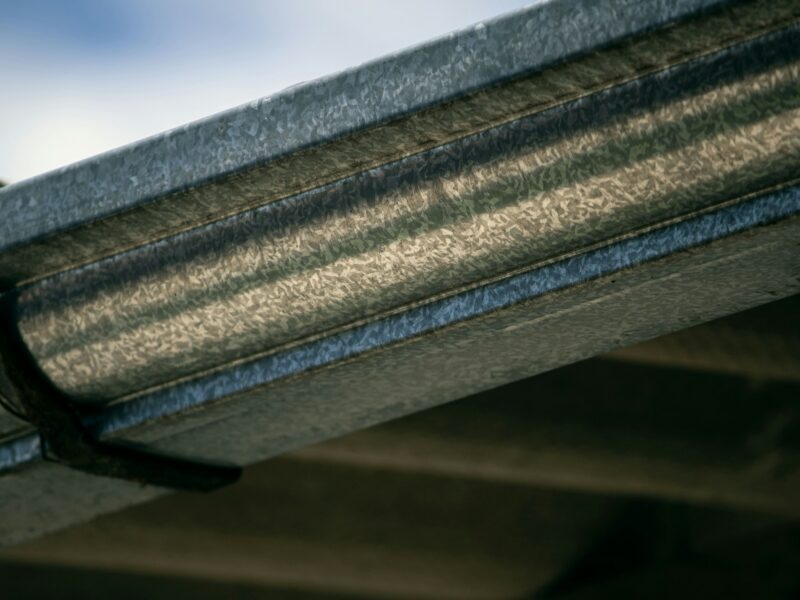Breathing fresh air is essential for our health and well-being, yet many of us need to realize that the air quality in our homes can be just as important. Poor indoor air quality can lead to various physical symptoms such as headaches, dizziness, fatigue, allergies, or asthma attacks. Follow these simple steps to ensure your home has clean, healthy air circulating through it.
Contents
1. Clean or Replace Your Carbon Filters Regularly
Carbon filters are an effective way to ensure your home has clean, fresh air. They trap pollutants like dust, pollen, odors, and gasses. To ensure they are working effectively, cleaning or replacing them regularly is important. Cleaning is the most cost-effective option and should be done at least every three months if you have pets or smoke indoors.
For larger homes, 8-inch carbon filters may be a better fit than smaller ones due to their higher capacity for trapping pollutants in the air before they circulate throughout your home. When choosing 8 inch carbon filters, consider the airflow rate and cubic feet per minute (CFM) in your home to ensure they are a good fit. In addition, if you experience any allergic reactions in your home, consider investing in an electrostatic air purifier instead of a carbon filter to keep your indoor air clean.
2. Ventilate Your Home Regularly
Ventilating your home is one of the most effective ways to ensure the air remains clean and fresh. By allowing fresh air to circulate throughout your home, you can help reduce indoor pollutants such as dust, pollen, and other allergens. Ventilation also helps keep humidity levels in check, vital for preventing mold growth.
Make sure your home has adequate ventilation by regularly opening doors and windows or installing a ventilation system. Consider also investing in an air purifier further to improve the indoor air quality of your home. With these simple steps, you can be sure that your home always has clean air circulating through it, keeping you healthy and comfortable all year round.
3. Add Plants to Your Home Environment
Another way to improve the air quality in your home is by adding plants. Certain houseplants can help remove toxins such as benzene, formaldehyde, and trichloroethylene from the air. Common houseplants that are effective at removing toxins include aloe vera, spider plants, English ivy, and Boston ferns.
Follow these simple steps to ensure your indoor plants are always healthy and functioning correctly as air purifiers.
- Choose plants that are well-suited to your home environment. Not all houseplants can tolerate low light levels or dry air, so it’s important to research which ones will work best in your home.
- Provide a regular supply of fresh water and nutrients. This can be done by regularly fertilizing your plants and using a can of compressed air to clean the dust from their leaves.
- Monitor plant health regularly. Look out for signs of pests or mold growth, which may indicate that your plants struggle to keep up with the pollutants in your home environment. If you notice any issues, take action immediately to help prevent them from sprouting and Reduce the pollution in your home.
4. Invest in an Air Purifier
If you want to take your efforts to improve the indoor air quality of your home one step further, consider investing in an air purifier. There is a wide range of options available, so it’s important to do your research and choose one best suited for your home’s specific needs. Some key factors to consider when selecting an air purifier include the size of your home, the nature of the pollutants in your indoor environment, and any health concerns that you may have
When selecting an air purifier, it’s important to remember that there is no one-size-fits-all solution. Depending on your specific needs, choose an air purifier with a HEPA filter, which effectively reduces levels of allergens and other pollutants in the air.
Additionally, some models may be better suited than others for trapping larger particles like pet hair or household dust. By carefully considering all of these factors, you can be sure that you are getting the best possible air purifier to improve the air quality in your home.
5. Avoid Using Artificial Fragrances or Scented Candles Indoors
If you are looking for simple steps that you can take to improve the air quality of your home, one of the most important is to avoid using artificial fragrances or scented candles. Many commercial air fresheners and candles contain potentially harmful chemicals like benzene, formaldehyde, and acetone. Using these products in your home can increase the levels of these toxins and a variety of other unwanted pollutants like dust and pollen.
To keep your home healthy and free from air pollutants, it is important to avoid using artificial fragrances or scented products in your home. Instead, consider investing in plants that naturally cleanse the L and use an air purifier to help remove any remaining contaminants. With these simple steps, you can be sure that your home is always healthy and comfortable for you and your family.
6. Keep the Humidity Level Low by Using a Dehumidifier
If you are looking for additional ways to keep the air in your home clean and healthy, one of the most important is maintaining a low humidity level. This can be done by using a dehumidifier, which will help to reduce the amount of moisture in the air, thus reducing the risk of mold and mildew growth in your home
To start, it’s essential to understand the different humidity levels in your home and how they can affect your indoor air quality. Typically, a proper humidity level is between 30-50%, but this can vary depending on several factors, including the weather outside and the type of materials used in your home.
Whether you are looking for ways to improve the air quality in your home or create a healthier, more comfortable living environment for yourself and your family, you can take many simple steps. By choosing plants that naturally cleanse the air, using an air purifier to remove any remaining pollutants, and avoiding scented products or artificial fragrances, you can be sure that your home is always at its best. What’s more, with these simple steps, you can enjoy a healthier living environment without sacrificing style or convenience.



